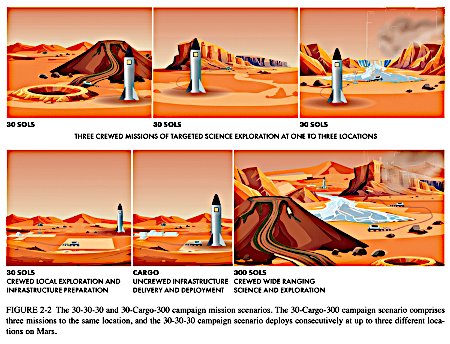China launches nine more Guowang internet-of-things satellites
China today successfully launched another nine internet-of-things satellites for the Guowang (or SatNet) constellation, its Long March 12 rocket lifting off from its coastal Wenchang spaceport.
China’s state-run press did not reveal the number of satellites, but the previous three Long March 12 launches that carried Guowang satellites all launched nine, so I think it is safe to assume nine launched today as well. This was the sixteenth launch for this constellation, which now has about 119 satellites in orbit, with a planned 13,000 once complete.
The Long March 12 is expendable. Though the launch proceeded over the ocean, one drop zone for the rocket’s lower stages was in the Philippines, where authorities warned its citizens to avoid those zones and to exercise caution if they see any likely rocket debris.
An upgraded version, the Long March 12A, with a first stage designed to land vertically and be reused, is scheduled to launch sometime in the next two weeks.
The leaders in the 2025 launch race:
164 SpaceX
82 China (a new record)
15 Rocket Lab
15 Russia
SpaceX still leads the rest of the world in successful launches, 164 to 134.
China today successfully launched another nine internet-of-things satellites for the Guowang (or SatNet) constellation, its Long March 12 rocket lifting off from its coastal Wenchang spaceport.
China’s state-run press did not reveal the number of satellites, but the previous three Long March 12 launches that carried Guowang satellites all launched nine, so I think it is safe to assume nine launched today as well. This was the sixteenth launch for this constellation, which now has about 119 satellites in orbit, with a planned 13,000 once complete.
The Long March 12 is expendable. Though the launch proceeded over the ocean, one drop zone for the rocket’s lower stages was in the Philippines, where authorities warned its citizens to avoid those zones and to exercise caution if they see any likely rocket debris.
An upgraded version, the Long March 12A, with a first stage designed to land vertically and be reused, is scheduled to launch sometime in the next two weeks.
The leaders in the 2025 launch race:
164 SpaceX
82 China (a new record)
15 Rocket Lab
15 Russia
SpaceX still leads the rest of the world in successful launches, 164 to 134.










